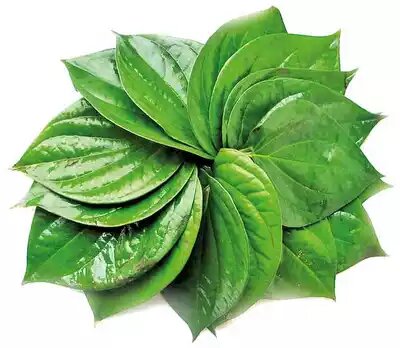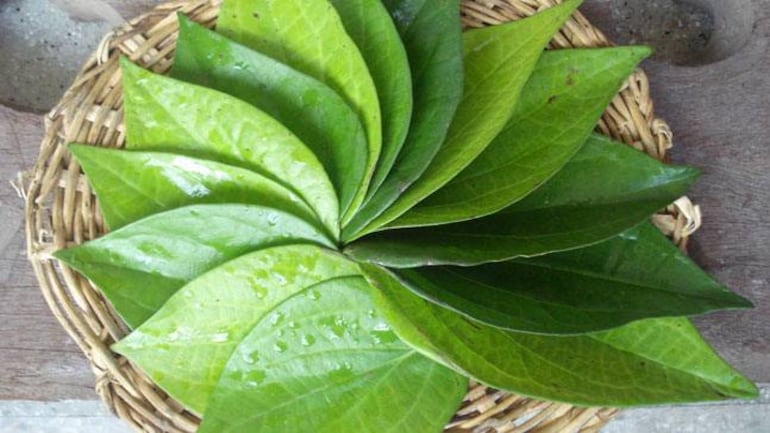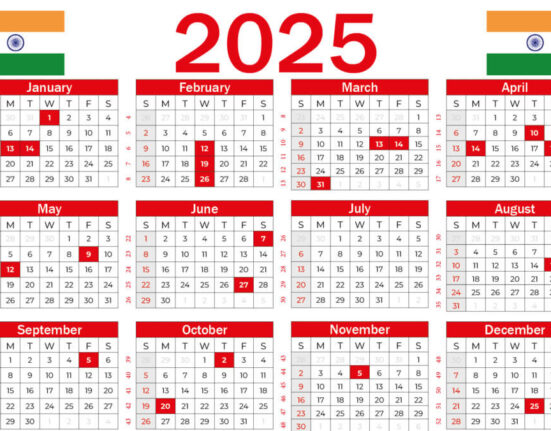We’ll learn about the importance of betel leaves, farming, and the planting procedure in today’s blog. Betel leaf is chewed as an antibacterial and breath freshener after a meal in Indian culture, and it is also utilized in religious activities.
In Indian culture, betel leaves are profoundly rooted. So, before learning about the farming and planting method, we first understand how betel leaves are used.
Betel Leaves Are Used.
In a variety of ways, betel leaf has contributed to our social and cultural value. Nowadays, sweet betel leaves are served at Indian paan stalls, and many people enjoy eating’ sweet paan’ after dinner or lunch. You can buy pan candy online in India also.

Betel leaves are typically prepared with a variety of spices and consumed after meals. Furthermore, betel leaves are used in a delectable cuisine. You’ve probably seen a ‘Paan Shop’ near a restaurant, hotel, or lodge in India. During the wedding ceremony, paan stalls are set up in various event venues.
The Cultivation Of Betel Leaves
The finest possible quality PaanPatta (betel leaves) are grown in humid climates and shady areas with considerable rainfall.
Such conditions are ideal for growing high-quality betel leaves. Various types of betel leaves (PaanPatta) are grown in India’s various states.
It is grown in various Indian provinces, and it thrives in partly shady locations with slightly acidic, sandy-loam soil that is mildly damp.
For betel leaves and water that should not linger on the ground, high terrain and fertile soil are ideal. If there is still water, a drainage system must be installed.
Watering: It’s ideal to grow betel leaves in moist soil. Water must be provided for two to three days.
Zones Where Betel Leaf Is Grown
There are over 90 different species of betel leaf in the globe, but 45 of the highest quality betel leaf species may be found in India, with 30 species produced in West Bengal. In addition, betel leaves from other parts of India are of excellent quality. Assam, Bihar, Odisha, Uttar Pradesh, Madhya Pradesh, Gujarat, Maharastra, Andhra Pradesh, Telangana, Karnataka, Kerala, Tamilnadu, and others. These states, such as Kerala, Tamil Nadu, West Bengal, and Bihar, have the greatest quality betel leaves. Banarasipaan, Calcutta paan (MithaPata), and Magahi paan are some of the most well-known betel leaves.
It’s Time To Sow Betel Leaves.
The betel leaf is planted in the month of October or at the commencement of the rainy season. As a result, the climate in India varies from state to state. The dirt is thoroughly excavated prior to planting. The lines are usually laid throughout the length of the ground and prepared for a drainage system that is 30 cm deep, 30 cm high, and 70 cm wide (approx). Natural mustard or til oil cake and cow dung are abundant in the area. Four-inch-long stems from the middle region of betel vines are cut with a node for betel leaf sowing.
It’s Time To Pick Betel Leaves.
Betel leaf harvesting in India begins in February and lasts until June, depending on the weather.
For example, in Tamil Nadu, it begins in February and ends in May, whereas in Bihar, Uttar Pradesh, and MP, it begins in March and ends in May, and in AP, Telangana, and Karnataka, it begins in May and ends in June. The climate of this state is completely diverse due to its geographical location.
State That Produces High-Quality Betel Leaves
For the greatest sound quality heart-shaped betel leaf, use the right shadowing procedure. During the summer, daily watering is required. Farmers can generate enormous Betel leaves in this procedure, as opposed to the typical size with shiny green leaves. The price of betel leaf is determined by the colour, flavour, and size of the leaves. In conclusion, the best betel leaf is grown in a shaded environment during a hot, humid, and wet season.
Kerala, West Bengal, Tamil Nadu, Odisha, and Bihar are the states that produce the highest quality betel leaves.
Betel Leaf Is A Local Term For Betel Nut.
In India, the betel leaf is known as ‘Paan.’ The betel leaf is a dark glossy green heart-shaped leaf. Piper betel is the scientific name for betel leaves. Betel leaves are known by a variety of names in India’s regional languages.
Paan in Bengali and Hindi, Tamalapaku in Telugu, Vidyachi Pan / NaginichePaan in Marathi, Kavala in Karnataka, Vetila in Malayalam, and Tamul in Assam are some examples.






